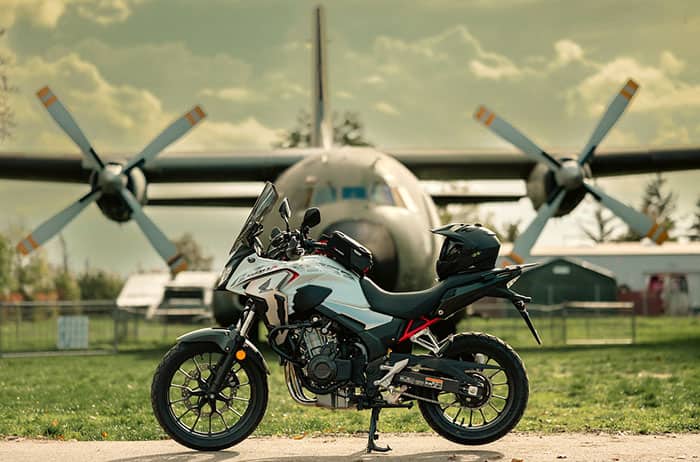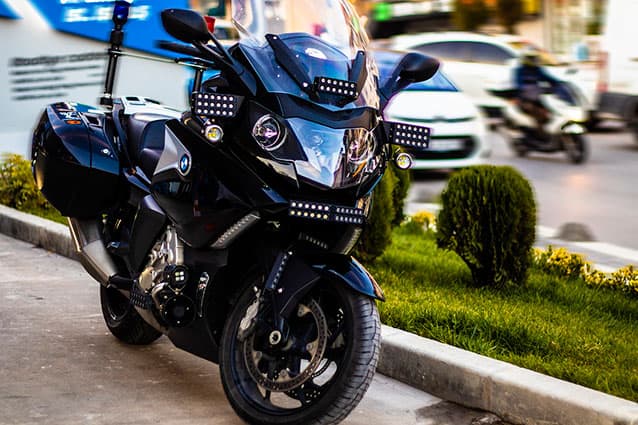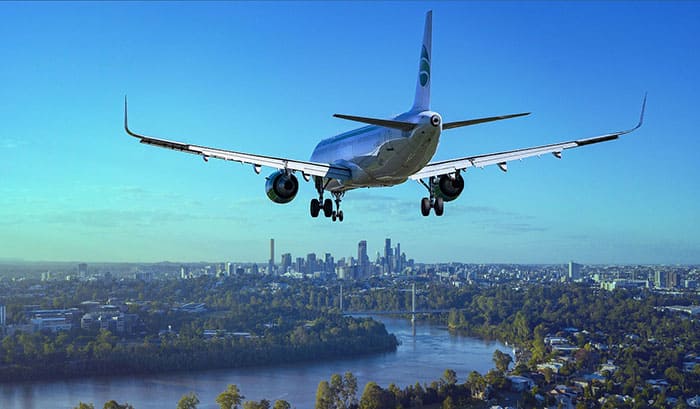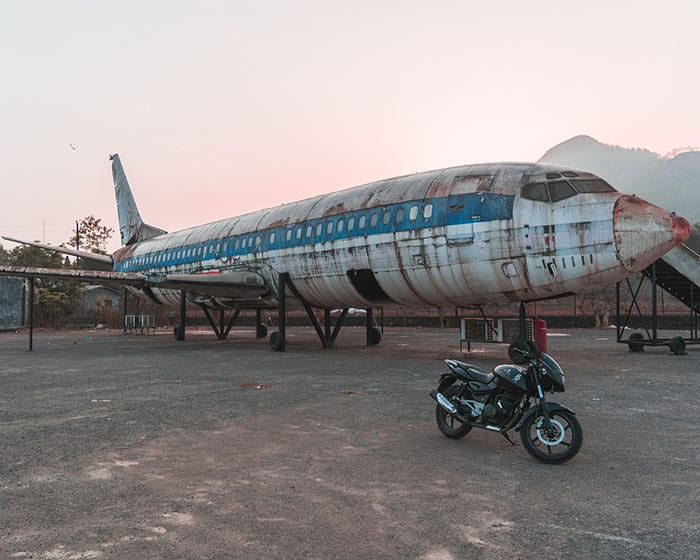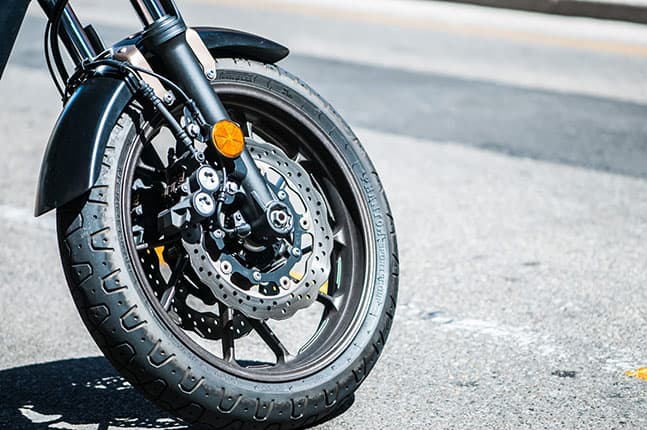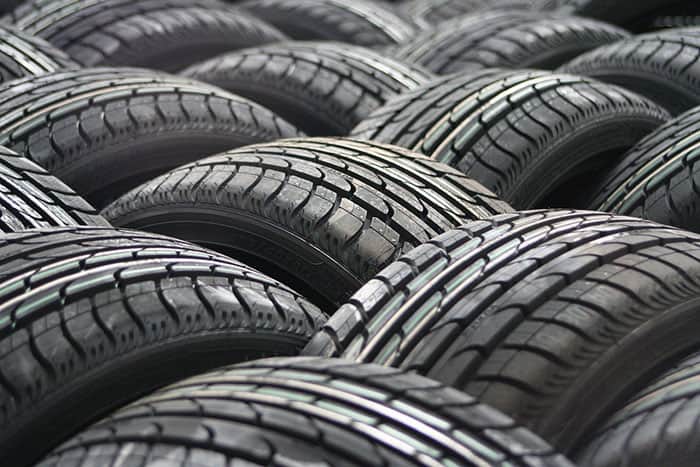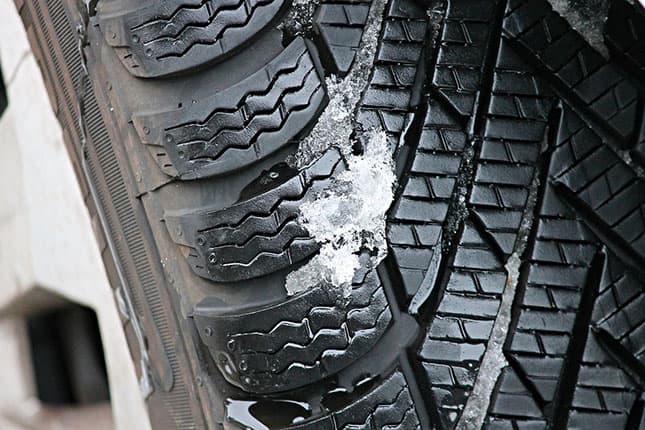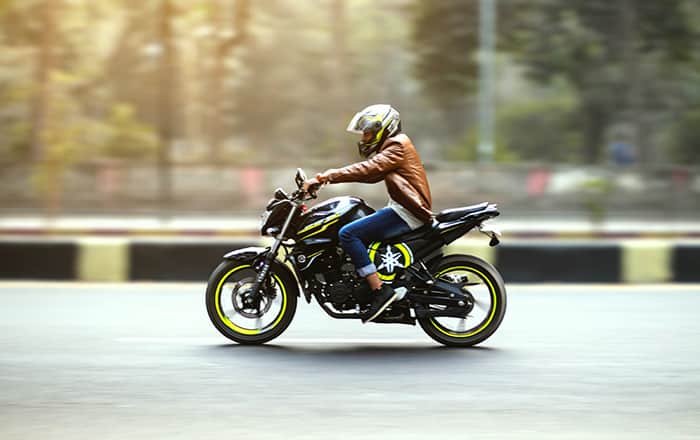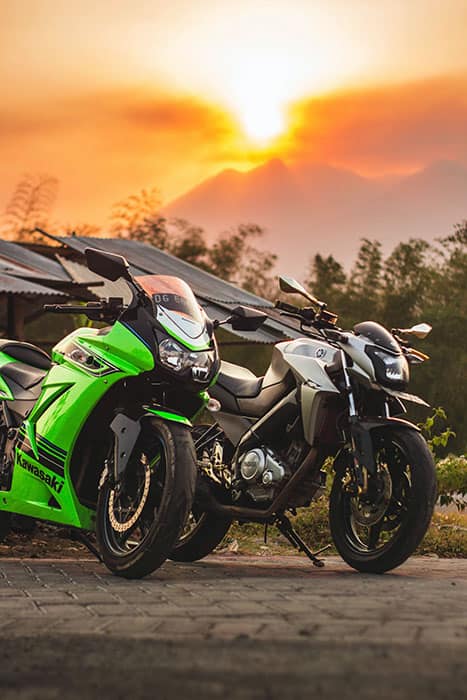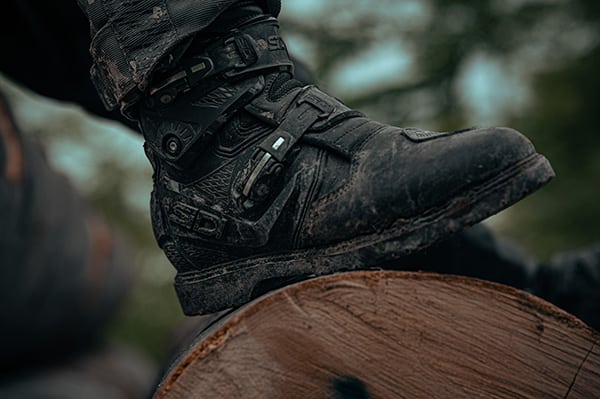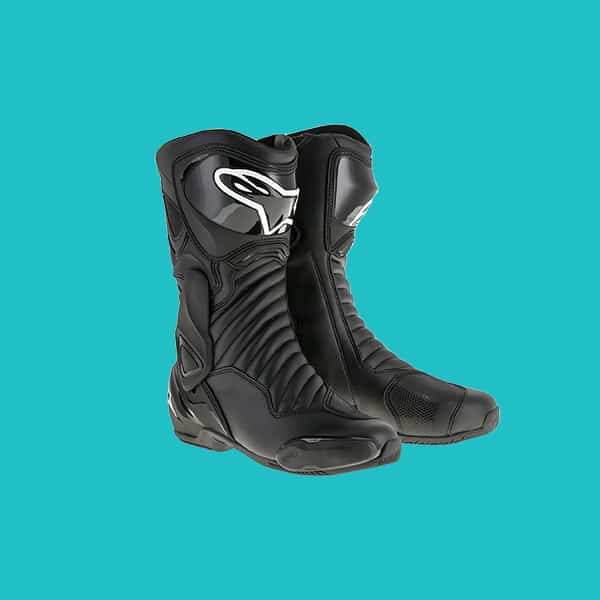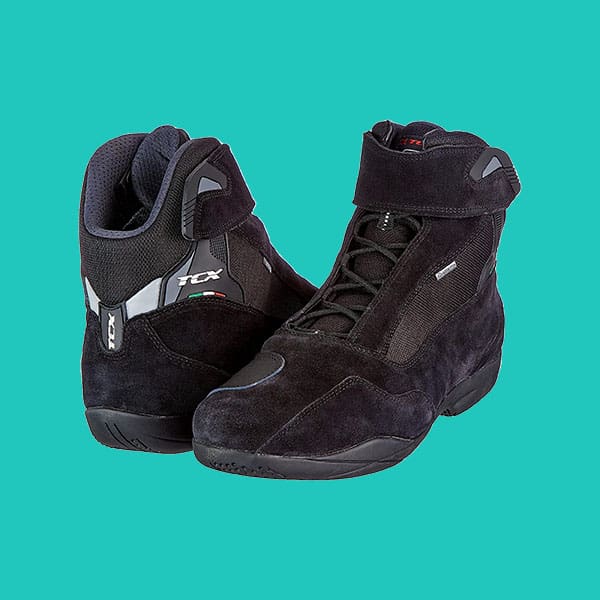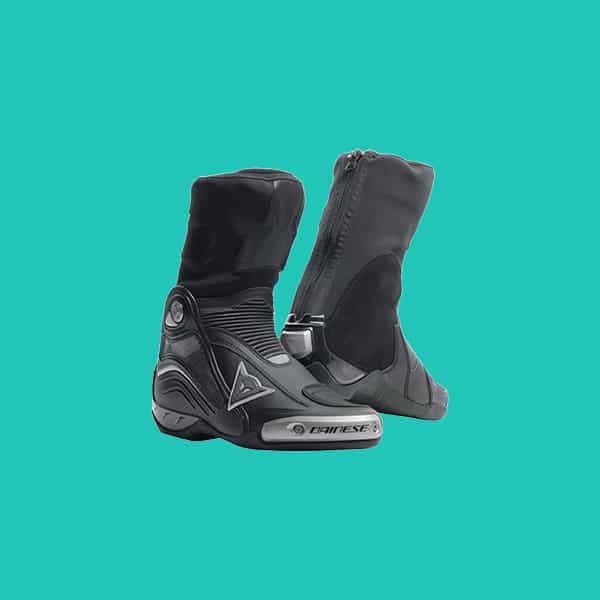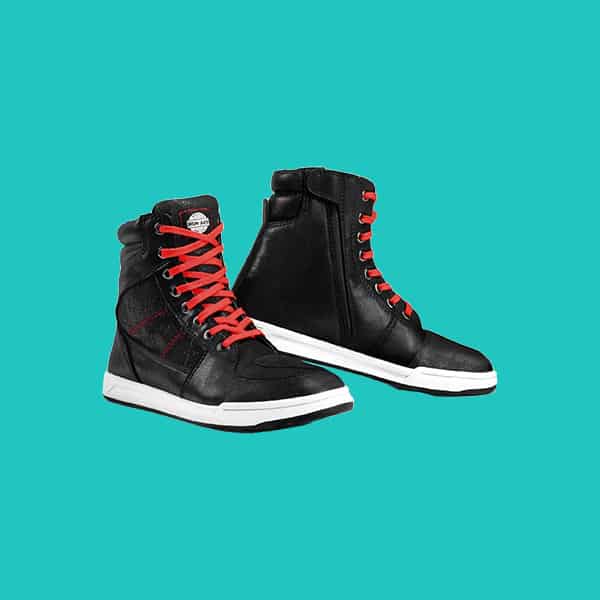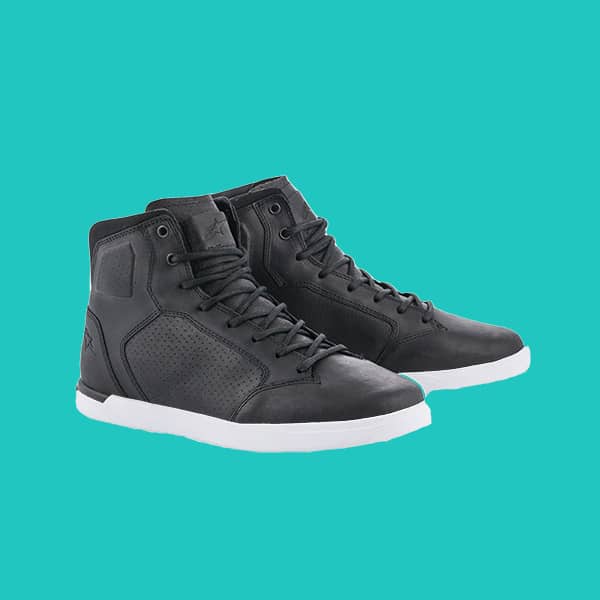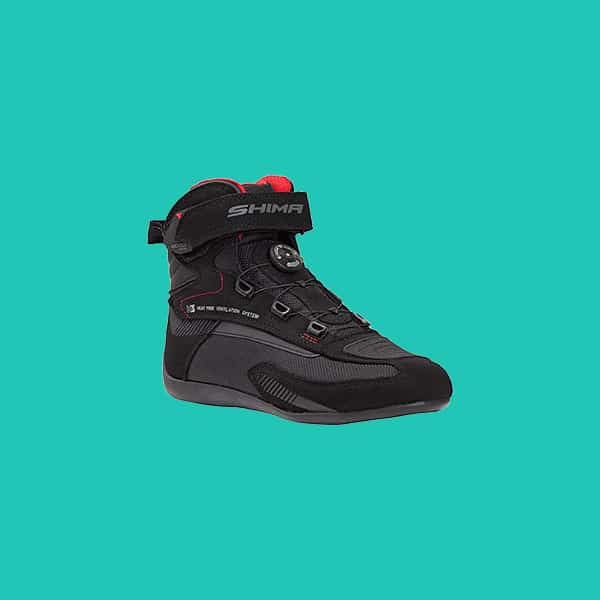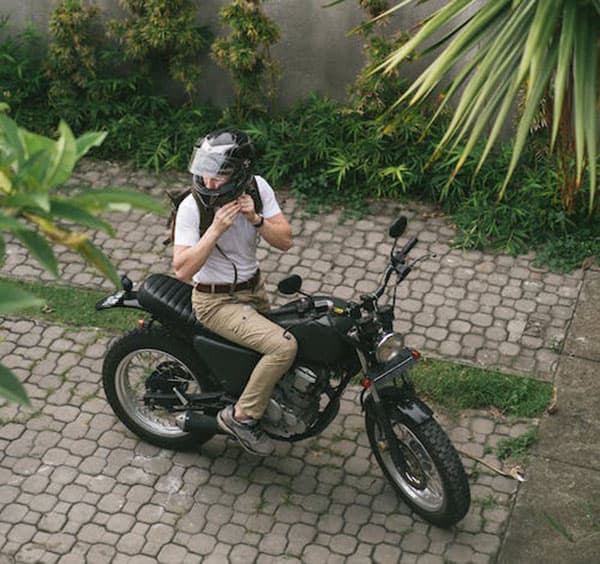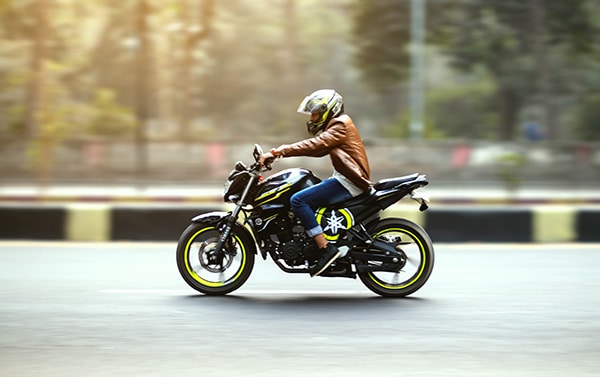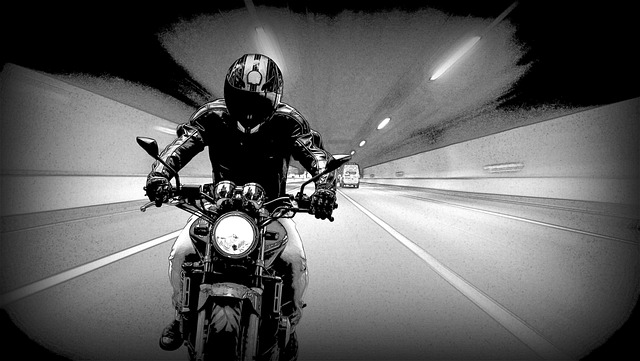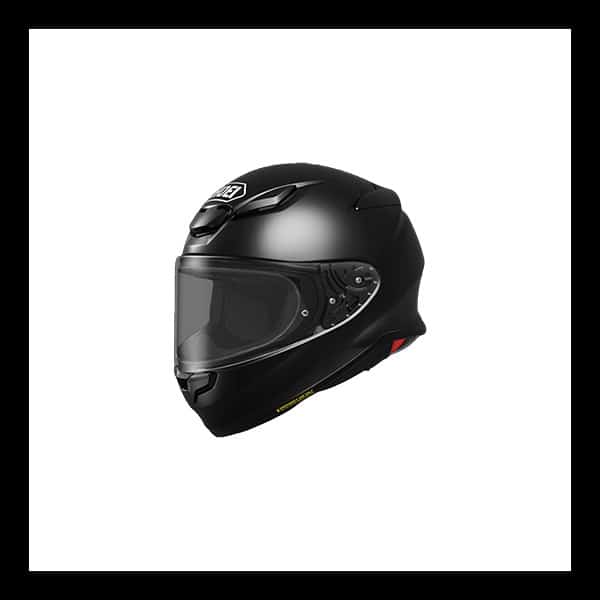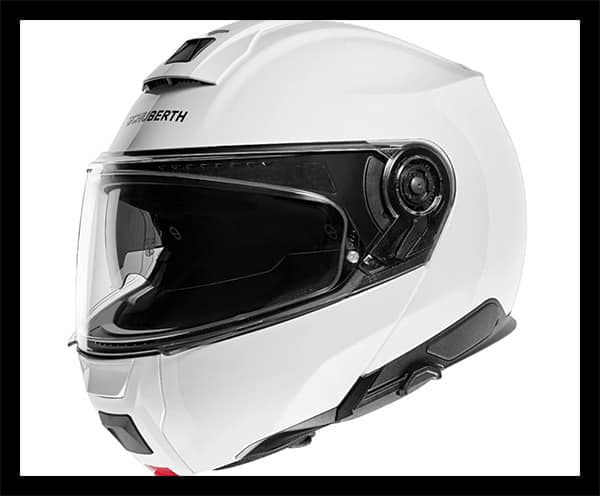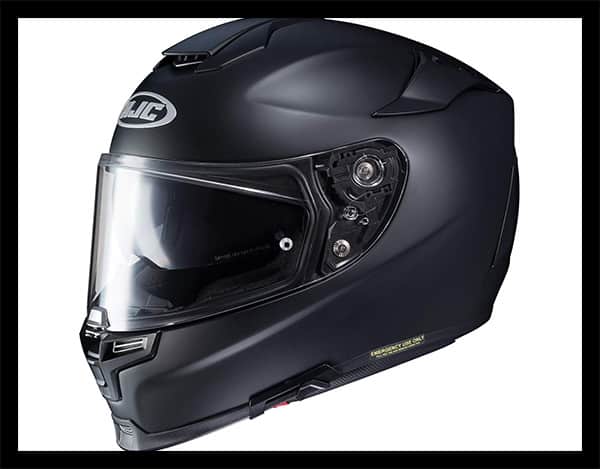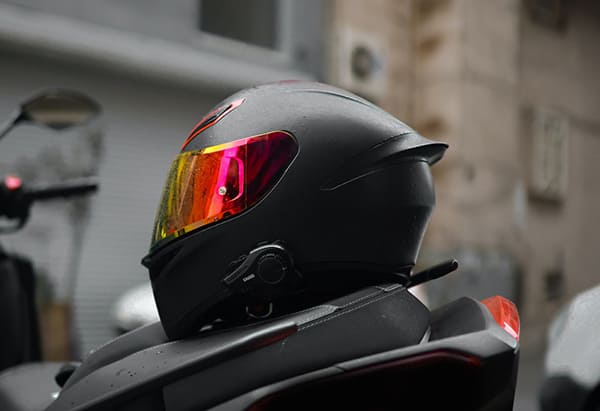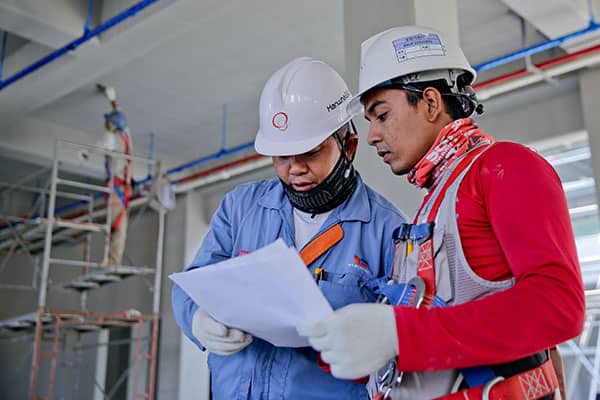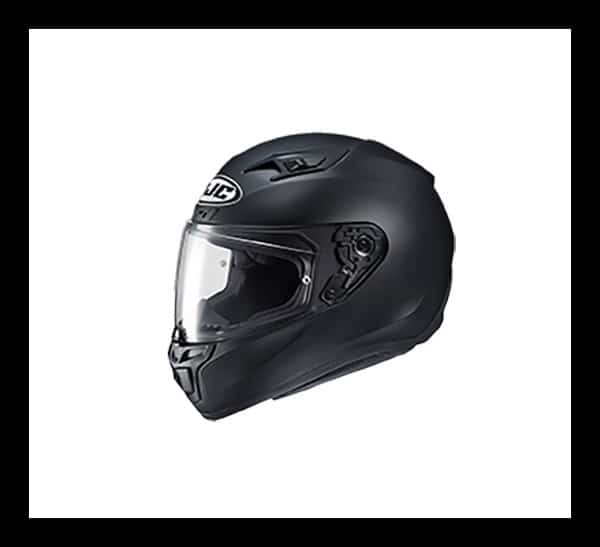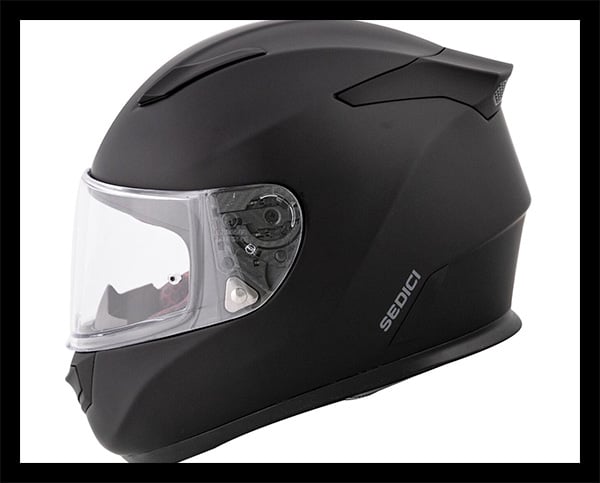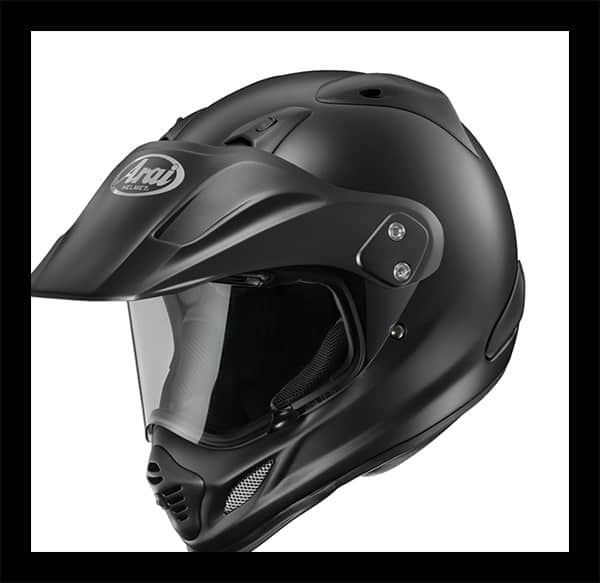Best Headphones for Motorcycle Riding in 2024
The Ultimate Guide to Choosing the Best Headphones for Motorcycle Riding

Rev up your engines and get ready to experience the ultimate headphones for motorcycle riding. In the world of motorcycling, the right pair of headphones can elevate your ride to a whole new level, providing a thrilling audio experience while ensuring your safety and comfort on the road. Whether you’re a solo adventurer or part of a roaring pack, finding the best headphones for motorcycle riding is a must. In this article, we have scoured the market to bring you a comprehensive guide to the top headphones specifically designed for riders. From exceptional sound quality to weather-resistant construction and seamless communication capabilities, join us as we explore the very best options that will enhance your journey on two wheels.
Key Features of Headphones for Motorcycle Riding
Choosing the right headphones with essential safety features is crucial to ensure that you can enjoy your ride while remaining aware of your surroundings. In this section, we will explore the key safety features you should consider when selecting headphones for motorcycle riding.
| Feature | Description |
|---|---|
| Noise Cancellation | – Provides immersive audio experience by blocking out external noise. – Look for adjustable or adaptive noise cancellation for maintaining situational awareness. – Balance music enjoyment with awareness of important sounds like approaching vehicles or sirens. |
| Ambient Sound Mode | – Allows you to hear surroundings while wearing headphones. – Uses external microphones to capture and amplify environmental sounds. – Look for customizable ambient sound levels. – Adjust balance between music and external sounds based on preference and riding conditions. |
| Situational Awareness Tech | – Incorporates specific technologies for motorcycle riders. – Sensors detect engine noise or vibration patterns. – Filters out unnecessary sounds, amplifies important cues like horn honks or emergency sirens. – Enhances reaction to potential dangers on the road. |
| Helmet Compatibility | – Consider compatibility with your helmet. – Opt for slim, low-profile designs that fit comfortably inside the helmet. – Ensure headphones’ cables or wireless connectivity don’t interfere with helmet straps or secure fit. |
| Voice Activation and Control | – Essential for safe riding. – Look for integrated voice assistants or touch controls. – Control volume, skip tracks, answer calls without taking hands off the handlebars. |
| Long Battery Life | – Crucial for uninterrupted usage during rides. – Choose headphones with sufficient battery capacity for desired riding duration. – Consider headphones with quick charging capabilities for recharging during short breaks or pit stops. |
| Enhanced Visibility | – Not directly related to headphones, but important for safety. – Opt for models with reflective or high-visibility elements. – Enhances visibility to other road users, especially during nighttime rides. |
Remember, even with the best safety features in headphones, it is crucial to use them responsibly. Always maintain focus on the road, ride defensively, and be aware that headphones may reduce your ability to hear certain sounds. Use your headphones as a complement to your riding experience, rather than a distraction.
Sound Quality: Immersive Audio Experience on the Road
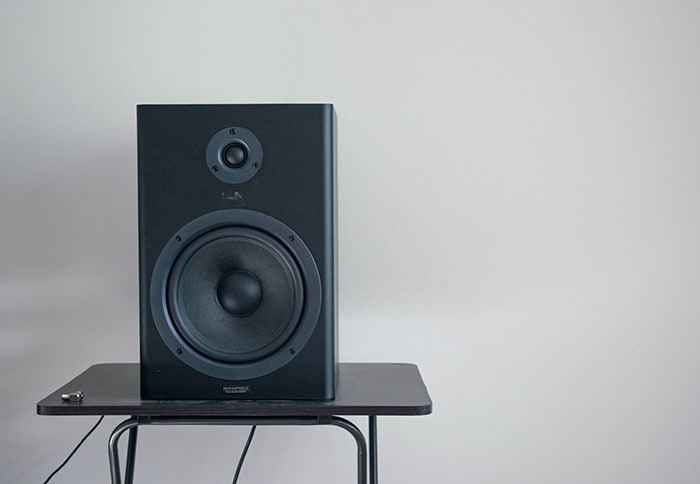
While safety remains paramount when selecting headphones for motorcycle riding, sound quality plays a significant role in enhancing your overall riding experience. While sound quality is important, it should never compromise your safety or ability to hear important external sounds. Always prioritize situational awareness and adjust the volume to a level that allows you to stay alert and responsive to your surroundings.
- Crisp and Clear Sound Reproduction: The ability to enjoy your favorite music with clarity and precision is crucial. Look for headphones that offer a wide frequency response range, allowing you to hear deep bass, detailed midrange, and sparkling highs. High-quality drivers and audio components contribute to accurate sound reproduction, ensuring that your music sounds as intended.
- Balanced Audio Performance: Balanced audio performance is essential to avoid overpowering or muffled sound. Seek headphones that provide a well-balanced sound signature, where different frequencies are represented accurately and harmoniously. This balanced audio presentation allows you to appreciate the full range of instruments, vocals, and sound effects in your music.
- Advanced Sound Technologies: Consider headphones that incorporate advanced sound technologies to enhance your listening experience. Features like aptX and AAC (Advanced Audio Coding) codecs enable high-quality wireless audio transmission, ensuring minimal loss in sound quality. These technologies are particularly valuable when using Bluetooth connectivity with compatible devices.
- Customizable Equalizer Settings: Some headphones offer customizable equalizer settings, allowing you to adjust the audio profile according to your preferences and the type of music you enjoy. Whether you prefer punchy bass, balanced mids, or boosted treble, having control over the equalizer settings enables you to tailor the sound to your liking.
- Noise Isolation: While noise isolation is different from noise cancellation, it is still an important aspect of sound quality for motorcycle riding headphones. Noise isolation refers to the physical blocking of external noise by creating a seal around your ears. This feature helps to reduce the intrusion of wind and engine noise, allowing you to better appreciate the details in your music.
- Low Sound Leakage: When riding in groups or with a passenger, minimizing sound leakage from your headphones is essential to avoid distracting or disturbing others. Choose headphones that provide effective sound isolation and minimal sound leakage, ensuring that your audio enjoyment remains personal and doesn’t interfere with the riding experience of others.
- Audio Enhancement Features: Some headphones come with audio enhancement features, such as virtual surround sound or immersive audio technologies. These features create a more expansive and engaging soundstage, making you feel as if you’re in the middle of a live concert or surrounded by your favorite music.
Comfort Matters: Ergonomic Design and Fit
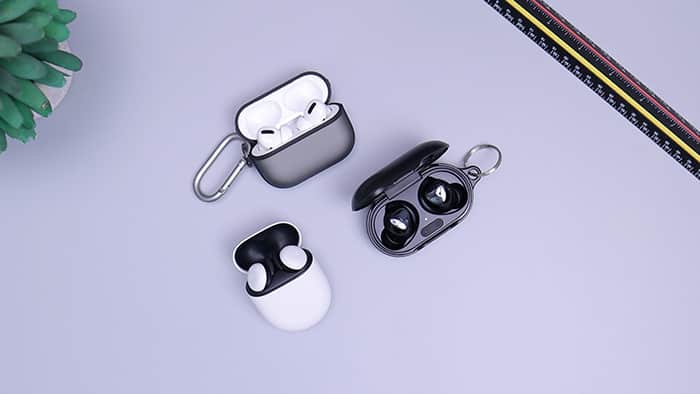
Comfort is a key consideration when selecting headphones for motorcycle riding, as long hours on the road can take a toll on your comfort levels. Let’s explore the importance of comfort and discuss the ergonomic design and fit considerations to ensure a comfortable and enjoyable riding experience.
- Ergonomic Design: Look for headphones with an ergonomic design that conforms to the natural shape of your ears and head. The design should minimize pressure points and discomfort, allowing you to wear the headphones for extended periods without strain. Consider features such as adjustable headbands, swiveling ear cups, and cushioned padding to enhance overall comfort.
- Lightweight Materials: Opt for headphones made from lightweight materials such as high-grade plastics, aluminum, or carbon fiber. These materials reduce the overall weight of the headphones, reducing fatigue and discomfort during long rides. Avoid bulky or heavy models that may become burdensome after hours on the road.
- Headphone Styles: Consider different headphone styles to find the most comfortable option for you. On-ear headphones rest on the outer part of your ears, while over-ear headphones fully enclose your ears. In-ear headphones fit directly into the ear canal. Choose a style that suits your personal preference and provides a comfortable fit, considering factors like the shape and size of your ears.
- Cushioning and Padding: Headphones with ample cushioning and padding on the ear cups and headband are essential for long-term comfort. Look for materials like memory foam or soft leatherette that provide a plush and comfortable feel while minimizing pressure points. The cushioning should also offer good breathability to prevent excessive sweating and discomfort.
- Adjustable Fit: Ensure that the headphones you choose offer adjustable features to achieve a customized fit. Adjustable headbands and swiveling ear cups allow you to fine-tune the fit according to your head shape and size. A secure and comfortable fit is crucial to prevent the headphones from slipping or moving during your ride.
- Secure Cable Management: If you opt for wired headphones, consider models that provide secure cable management options. Look for features like cable clips or routing systems that keep the cables tidy and prevent them from tangling or interfering with your helmet or riding gear.
- Long-term Wearability: Before making a purchase, try on the headphones and wear them for an extended period to assess their long-term wearability. Pay attention to any discomfort, pressure points, or heat buildup that may arise after wearing them for an hour or more. Opt for headphones that you can comfortably wear for the duration of your rides without causing discomfort or distraction.
Weather Resistance: Durability for All Conditions

Motorcycle riding exposes riders and their gear to various weather conditions, including rain, dust, and sweat. We will explore the importance of weather resistance and durability in headphones for motorcycle riding, ensuring that they can withstand the demanding conditions encountered on the road.
- Water Resistance: Water resistance is a crucial feature to consider, especially when riding in wet weather or encountering unexpected rain showers. Look for headphones with an IPX4 or higher rating, indicating their ability to withstand water splashes and light rain. Water-resistant headphones provide peace of mind, ensuring that they won’t be damaged by moisture during your rides.
- Sweat Resistance: Sweat resistance is essential, particularly during hot weather or when riding in physically demanding conditions. Sweat can degrade the materials and affect the performance of headphones over time. Seek headphones that are specifically designed to withstand sweat, preventing damage and maintaining their longevity even during intense rides.
- Dust and Debris Protection: Motorcycle rides often involve encountering dust, dirt, and other debris. Headphones with effective dust and debris protection ensure that no particles enter and affect the internal components. Look for headphones with sealed or covered ports and durable materials that prevent dust infiltration, keeping your headphones functioning optimally.
- Durable Construction: Durability is a key factor in withstanding the rigors of motorcycle riding. Choose headphones with sturdy construction and high-quality materials that can endure vibrations, impacts, and general wear and tear. Reinforced cables, strong hinges, and robust headbands contribute to the overall durability of the headphones, ensuring they can withstand the demands of the road.
- Resilience to Temperature Extremes: Motorcycle riding often exposes riders to a wide range of temperature extremes. Headphones that are designed to withstand temperature fluctuations without compromising their performance or structural integrity are ideal for riders. Ensure that the headphones you choose are tested and rated for temperature resilience, allowing you to enjoy your music in hot summers and chilly winters alike.
- Easy Maintenance: Consider headphones that are easy to clean and maintain. Removable and washable ear pads, detachable cables, and durable materials that resist staining or discoloration make maintenance hassle-free. Being able to keep your headphones clean and fresh ensures that they remain comfortable and hygienic throughout your rides.
Remember that while weather resistance and durability are important, they should not come at the expense of comfort, sound quality, or safety.
Communication and Connectivity: Staying Connected on the Road

Effective communication and connectivity are vital aspects of motorcycle riding, especially when riding in groups or with a passenger. In this section, we will discuss the communication and connectivity features to consider when choosing headphones for motorcycle riding, ensuring that you can stay connected and engaged on the road.
- Built-in Microphone: Having a built-in microphone in your headphones allows you to make or receive phone calls hands-free while riding. Look for headphones with a high-quality microphone that provides clear voice transmission, even in noisy environments. A strategically placed microphone ensures that your voice is captured effectively without being affected by wind or engine noise.
- Voice Activation: Headphones with voice activation capabilities enable you to control various functions using voice commands. This feature allows you to adjust volume, change tracks, or answer calls without having to take your hands off the handlebars, enhancing safety and convenience during your rides.
- Bluetooth Connectivity: Bluetooth connectivity is a key feature that enables wireless communication and audio streaming from your smartphone or other Bluetooth-enabled devices. Look for headphones with the latest Bluetooth version for improved stability, faster pairing, and extended range. A reliable Bluetooth connection ensures seamless communication and audio playback without the hassle of tangled cables.
- Multi-Device Pairing: Consider headphones that offer the ability to connect to multiple devices simultaneously. This feature allows you to connect to your smartphone for calls and music streaming while also connecting to a GPS device or motorcycle communication system for navigation or group communication. Multi-device pairing enhances your flexibility and convenience during rides.
- Motorcycle Communication System Compatibility: If you frequently ride in groups or with a passenger, consider headphones that are compatible with motorcycle communication systems. These systems facilitate clear and convenient communication between riders, enabling group conversations, rider-to-passenger communication, and seamless integration with intercom systems. Look for headphones that support popular communication system protocols such as Bluetooth Mesh or Sena’s Universal Intercom.
- App Integration: Some headphones come with companion apps that offer additional features and customization options. These apps may allow you to fine-tune equalizer settings, access firmware updates, or personalize sound profiles to suit your preferences. Consider headphones that offer app integration if you value advanced control and customization options.
- Battery Life and Charging: Pay attention to the battery life of the headphones, especially if you plan on using them for long rides. Look for headphones with a battery life that meets your riding needs, allowing you to enjoy continuous communication and music playback without running out of power. Additionally, consider headphones with convenient and fast charging capabilities, enabling you to recharge during breaks or pit stops.
Remember to familiarize yourself with local laws and regulations regarding headphone usage while riding. In some regions, it may be mandatory to use specific helmet-mounted communication systems or restrict the use of headphones altogether.
Top 3 Headphones for Motorcycle Riding in 2023
Sena SMH10-11
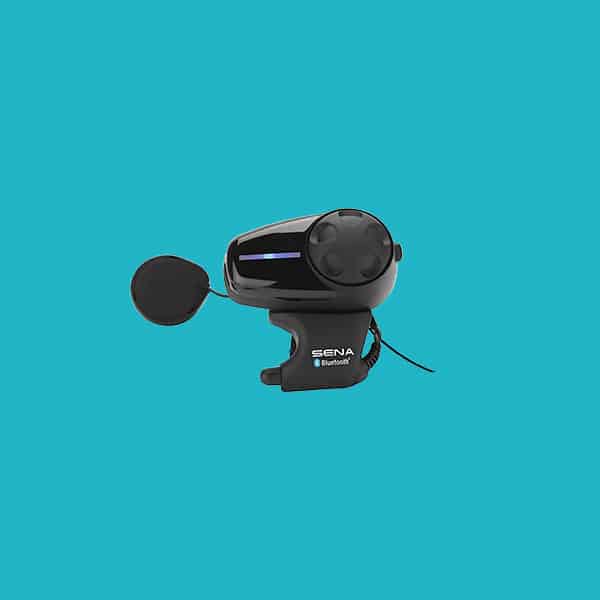
This headset is known for its excellent communication capabilities, including intercom functionality for rider-to-rider communication. It offers long-range Bluetooth communication, advanced noise control, and a user-friendly interface. Some of the key features include:
- Designed to keep you connected to riding companions over longer ranges (up to 900 meters or 980 yards)
- Enables hands-free calls when paired with a Bluetooth-enabled phone
- Features Universal Microphone Kit
- Intuitive user interface with Jog Dial for easy control while riding
- Jog Dial default is volume control, with the integrated button allowing cycling through device functions
- Provides crystal-clear, natural sound through stereo Bluetooth headset
- Automatic sound boost in noisy environments
You can check out the Prices here.
Cardo PACKTALK
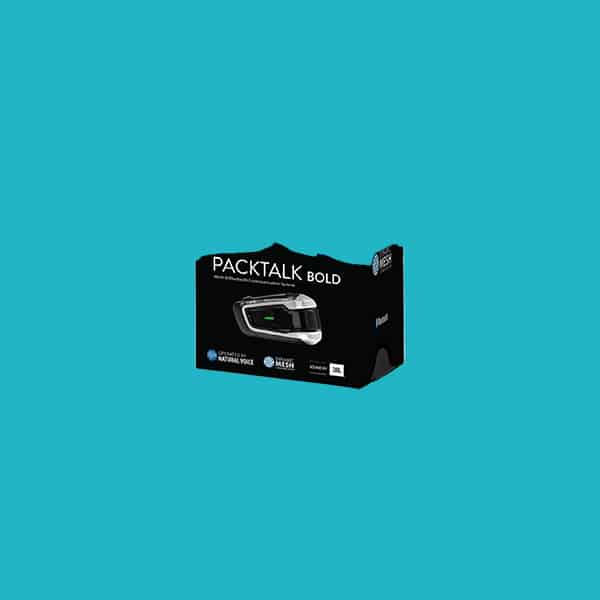
This communication system features dynamic mesh communication technology, allowing seamless and uninterrupted group communication between riders. It offers exceptional sound quality, voice recognition, and compatibility with popular voice assistants. Some of the key features include:
- Dynamic Mesh Communication (DMC) technology
- Turns PACKTALK BOLD into the most capable motorcycle communication system
- Waterproof design to withstand various weather conditions
- Resistant to rain, shine, mud, dust, and snow
- Allows you to keep your focus on the road and hands on the handlebars
- No need to press buttons, turn wheels, or move sliders
- Voice-activated control with the phrase “hey Cardo”
- Suitable for riding with a buddy or in a group of up to 15 riders
You can check out the Prices here.
LEXIN Headset
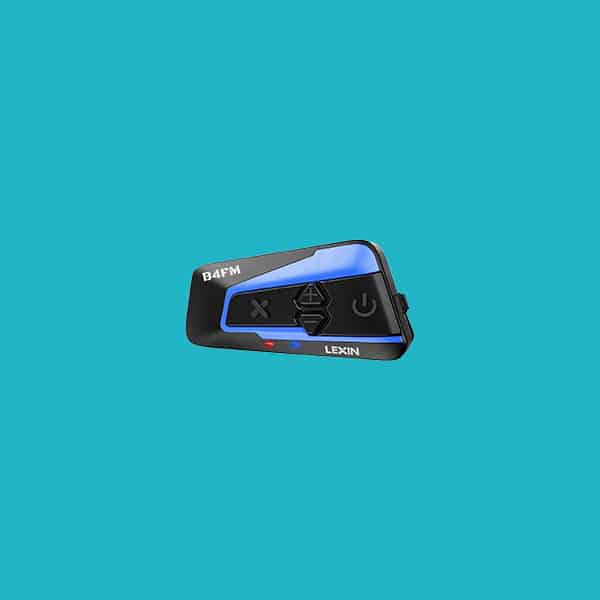
The LEXIN Motorcycle Universal Communication System is a waterproof Bluetooth headset designed for motorcycle riders. It provides a wireless connection to your smartphone or other Bluetooth-enabled devices, allowing you to listen to music, make hands-free calls, and communicate with fellow riders using the intercom function. Some of the key features include:
- Built in FM Radio
- IP67 Waterproof
- Music sharing between riders
- 10 riders talk at one time
- Working time upto 15 hours
You can check out the Prices here.
As technology continues to advance, the market for motorcycle riding headphones evolves, introducing new features and innovations. It is crucial to stay updated on the latest developments and consider individual preferences and requirements when making a purchase. Ultimately, the right headphones for motorcycle riding should enhance your riding experience, keeping you safe, connected, and immersed in your favorite music while enjoying the freedom of the open road. Happy riding!
Best Headphones for Motorcycle Riding in 2024 Read More »

